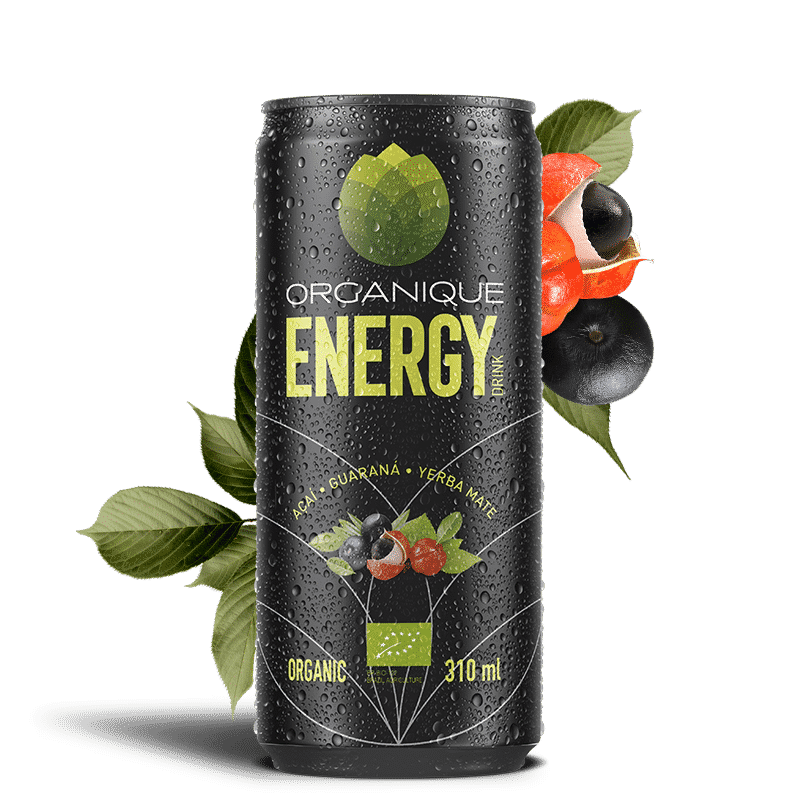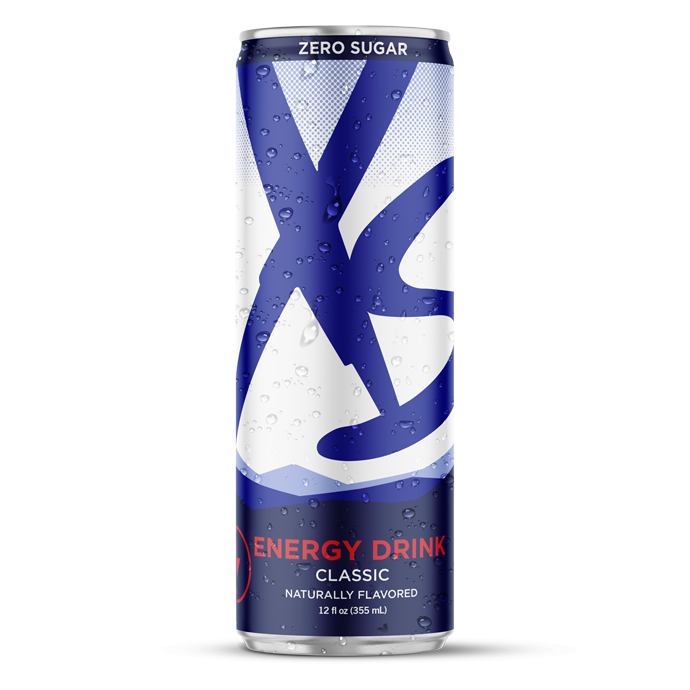Introduction to Energy Drinks
What are energy drinks? Energy drinks have surged in popularity for those needing a quick energy boost. Typically, they contain high caffeine levels and sugars to increase alertness. These drinks often target active individuals and youths looking for extra stamina. However, unlike plain water or traditional sports drinks, energy drinks are a more complex beverage. Many contain added herbs, vitamins like B vitamins, and unique ingredients, such as taurine or guarana. They are different from sports drinks, which primarily aim to replenish electrolytes. While some energy drinks claim enhancements in performance and concentration, there are growing health concerns. These concerns range from high sugar content to unregulated caffeine levels. Understanding what energy drinks are is crucial before considering consumption. This includes knowing their ingredients, target audience, marketing strategies, and potential health impacts. In this blog post, we will unpack all these facets. We will also examine regulatory challenges and offer healthier alternatives.

Ingredients and What They Do
Energy drinks pack in multiple ingredients intended to boost energy levels. Let’s peek into the primary elements that make up most energy drinks and their intended functions.
Caffeine Content in Energy Drinks
Caffeine is the power player in energy drinks, vital for the kick they provide. On average, an energy drink can have 200 mg of caffeine, equal to two cups of coffee. This stimulant is famous for increasing alertness and focus. However, too much caffeine can lead to negative side effects like jitters, sleep issues, and anxiety.
Sugar and Its Alternatives in Energy Drinks
Next to caffeine, sugar is a major component in these beverages. It boosts energy quickly but can also cause a rapid crash. A 12-ounce energy drink can hold about 40 grams of sugar, mirroring soda’s sugar levels. Some brands offer low-calorie versions with artificial sweeteners, yet the health impacts of these substitutes are debatable. The high sugar content carries risks for weight gain, diabetes, and heart issues.
The Appeal and Target Demographics of Energy Drinks
Energy drinks have gained massive popularity due to their promise of instant energy. Typically, young adults and people with active lifestyles are the main targets for energy drink companies. Working professionals, students, and athletes often rely on these drinks to push through tiredness and boost concentration.
Marketing Tactics and Youth Consumption
Marketing plays a big role in energy drink appeal, especially among the youth. Ads often show extreme sports, music events, and other exciting scenarios that lure in teenagers looking for an energy boost. With flashy designs and catchy slogans, these beverages are made to seem cool and essential for an energetic life. Youth are drawn to the promise of increased stamina and focus, which these drinks claim to provide.

Energy drinks are accessible everywhere, from gas stations to grocery stores, making it easy for young consumers to get them. Moreover, the promotions are aggressive on social media where young audiences spend a lot of their time. These marketing strategies have raised concerns due to their impact on the habits and health of the young population.
Energy Drinks in Sports and Fitness
In the realm of sports and fitness, energy drinks are marketed as a way to enhance performance. Advertisements suggest that they can help athletes train harder and longer. They claim to improve focus during workouts and games. However, it is important to question the safety of these products, as the caffeine and sugar content can have negative health consequences.
Even though they are advertised to boost sporting performance, the effectiveness and safety of energy drinks for this purpose are under scrutiny. As we explore the health implications of energy drinks, it’s essential to consider both the potential benefits and the risks associated with their consumption in sports and fitness contexts.
Health Implications of Energy Drink Consumption
The rise in energy drink use brings several health implications.
Physical Health Risks Associated With Energy Drinks
Energy drinks pose various physical health risks. High caffeine may cause heart issues and insomnia. Sugar content can lead to obesity and diabetes. A single can may contain harmful levels of both.
Excessive use can trigger heart palpitations and high blood pressure. It can also lead to dependency, with withdrawal affecting mental and physical health.
Behavioral and Psychological Effects
Not just the body, but the mind is impacted by energy drinks. They can make users feel irritable and anxious. Studies connect energy drinks with increased stress and aggressive behaviors. High caffeine levels may even worsen mental health conditions. Adolescents may show risk-taking behaviors after consuming these drinks.
Regular consumption of energy drinks can affect concentration and lead to poor sleep. This results in a vicious cycle of needing more caffeine to stay alert.
Regulatory Challenges and Safety Concerns
Concerns over the safety of energy drinks have sparked debate regarding their regulation. These beverages straddle the line between dietary supplements and food items. The lack of clear classification often leads to regulatory challenges. The high caffeine and sugar content present health risks, especially in children, teenagers, and people with certain health conditions.
The Debate Over Energy Drink Regulation
Currently, the regulation of energy drinks remains a contentious topic. For instance, the Food and Drug Administration (FDA) in the United States imposes caffeine limits for sodas but not for energy drinks classified as dietary supplements. This loophole allows some energy drinks to bypass the caffeine restrictions that apply to soft drinks. Organizations like the American Beverage Association have put forth voluntary guidelines, but compliance is inconsistent. Concerns have been raised about the adequacy of these self-regulated measures. There is a call for stricter governmental regulation to ensure consumer safety.
Combining Energy Drinks with Alcohol
One particularly risky trend is the consumption of energy drinks mixed with alcohol. This combination can mask the effects of inebriation, prompting individuals to drink more than they would otherwise. The stimulant effects of caffeine from the energy drinks can lead to a false sense of sobriety. This heightens the risk of alcohol-related harm. Research has also shown that this mix can result in more severe health impacts, including adverse cardiovascular, psychological, and neurologic events. These potential dangers have sparked a debate on whether additional warnings and restrictions should be in place for such drinks.
Healthy Alternatives and Recommendations
Choosing healthier alternatives to energy drinks can provide energy without the health risks. Here are some recommendations.
- Stay Hydrated: Drinking water is the best way to stay hydrated. It’s free from sugar and caffeine and helps maintain energy levels.
- Choose Nutrient-Rich Foods: Snacks high in protein, fiber, and healthy fats, like nuts or yogurt, give lasting energy. Avoid foods with empty calories.
- Take Short Breaks: Instead of reaching for an energy drink, take short, regular breaks throughout the day to recharge.
- Get Adequate Sleep: Enough sleep each night ensures natural energy levels upon waking. Aim for 7-8 hours.
- Exercise Regularly: Exercise increases heart rate and blood flow, naturally boosting energy levels.
- Limit Caffeine: If you need caffeine, opt for a small coffee or tea instead. Be mindful of your intake.
- Try Natural Supplements: Some may find benefits in natural supplements like B vitamins or omega-3 fatty acids. Consult with a healthcare provider.
- Use Fruit as a Sweetener: If you want something sweet, use fruit to flavor water. It’s a healthy way to satisfy your sweet tooth.
Remember that these options not only reduce the risks associated with what are energy drinks but also contribute to overall well-being. Always check with a healthcare provider before making any dietary changes or taking new supplements.

Conclusion: Balancing Energy Needs with Health Risks
Energy drinks offer a quick energy boost, but at what cost? We have delved into the compositions, allure, and dangers of what are energy drinks. We see that they are not just simple caffeine hits, but complex concoctions with high caffeine and sugar levels, as well as possibly unsafe ingredients.
The appeal for instant energy is clear, especially among the youth and active individuals. Yet the risks, from heart problems to mental health issues, cannot be ignored. Companies target this demographic with potent marketing, raising critical ethical questions.
In sports, the perceived benefits may be tempting. However, the potential for harm suggests a need for caution and better regulation. With lax rules, the onus falls on the consumer to navigate these waters safely. Mixing with alcohol brings another layer of danger— a worrying trend that can lead to serious health consequences.
Safer paths exist. Opt for water, balanced meals, adequate rest, and natural energy sources. These alternatives can sustain your energy needs without the negative health impacts. Before tapping into that energy drink, consider if the quick fix is worth the potential risks. Remember, your health is invaluable; protect it with informed choices.
